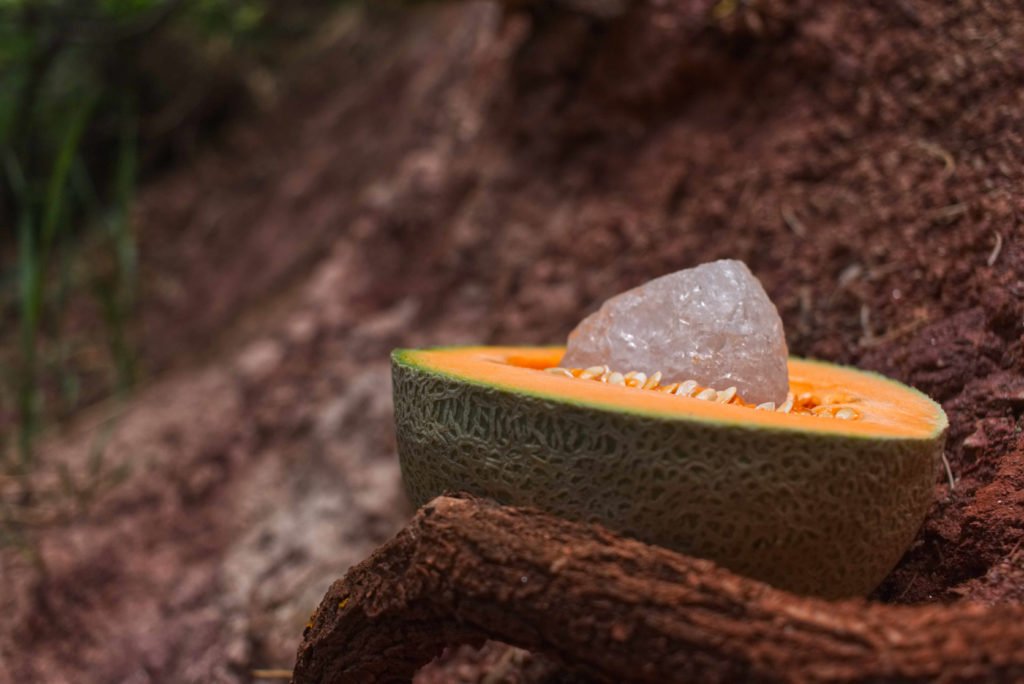Why I love talking about how our bodies work!
My journey to understand good bacteria and enzymes started some years ago when I worked in the Supplements department of a local health food chain.
Holla Mama Jean’s!
I learned so much about the body. I was able to research why certain supplements reacted specific ways to ailments or diseases, and have real life examples…living proof….of how these interactions played out. I’m happy to say that there were more stories of joy than stories of grief!
I will forever remember what I learned there, as I implement it daily in our lives. I am grateful to those kind people who allowed to share their journey of life with me so that we all might live a little better.

Let’s talk about: Good Bacteria and Enzymes!
The topic of health is a really broad one to cover, so let’s take it off one chunk at a time, shall we?
In this post I’d like to cover the topic of Good Bacteria & Enzymes!
From the top; Proper gut health is a vital piece of our body’s puzzle. By “gut” I’m meaning all of the major organs associated with the digestive system. In order to have proper gut health, the body must maintain a good balance of bacteria. Bacteria are living organisms that help break down larger compound chains such as proteins, fats and carbohydrates. These good bacteria can be found in high amounts in all fermented foods, fresh fruits and vegetables as well as live probiotic supplements.
Enzymes are produced by the good and living bacteria within which plants and animals that we have consumed or are consuming. In a healthy person, bacteria produce enzymes in much larger numbers than we can replicate in a lab. Enzymes act as biochemical catalysts to split the compounds further into usable substances within the body such as lipids, peptides, amino acids, fatty acids, glucose, and nucleotides.
Specific strains of bacteria secrete the proper enzyme to break down a specific compound. There are four major categories; Protease, Amylase, Lipase and Nuclease.
Strains of Bacteria
Protease breaks down proteins into amino acids and peptides.
Amylase converts the carbohydrates of starches and sugars into glucose.
Lipase turns the fat into fatty acids and glycerol.
Nuclease takes nucleic acids and splits it to nucleotides.
Let me delve into these nucleotides for just a minute.
Nucleic acids are found in foods high in “purines” such as beer and shellfish. Foods high in purines are bad for those with high uric acid levels and are having issues with gout or inflammation of the joints.
Nucleic acids are put into two categories, DNA (deoxyribonucleic acid) and RNA (ribonucleic acid). Let me say that again….Nucleic acids are put into two main categories; DNA (deoxyribonucleic acid) and RNA (ribonucleic acid). The things that are fundamentally at the base of our individual being.
Nucleic acids are then split into nucleotides by the nuclease enzyme. These nucleotides are then put into our cellular structures and contain the information for the function of that individual cell. The order of these nucleotides is what actually makes up our DNA or RNA codes for the structure of proteins within our cells.
So what that is telling me is that you really are what you eat!
The Takeaway!
Eat lots of uncooked fruits, vegetables, fermented things and also….beer…in moderation ![]()
Keep life simple. Less packaging, less pre-made, less “fortified”. Even with “good” ingredients, at a very basic level, pre-packaged/pre-assembled food is someone else’s idea of how your cells should be.
Live your life like it’s yours…more of your own love in your diet. Let your body know you love and adore it!
Don’t let someone else tell your cells how they should function.